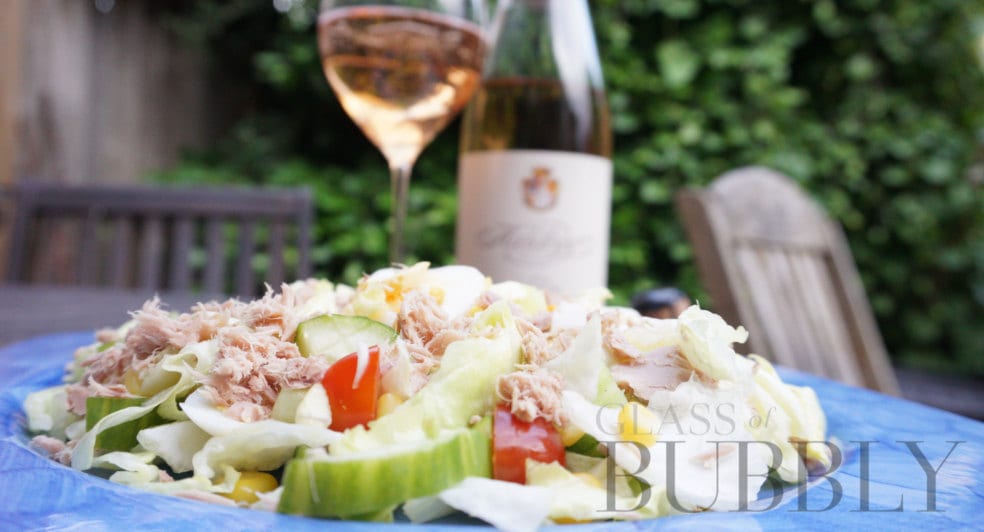How to Boost Your Dinner Parties With Wine Pairings
14th October 2024

Wine pairing is one of the most effective open secrets to elevating the dining experience. The delicate and meticulous process of finding the perfect combination of food dishes and wine options can elevate any meal to a higher level.
Whether this is your first dinner party or you’ve been organizing several for decades, this article can help you create the perfect balance of flavors that will treat your guests’ palette and add a pleasant drama to any dish.
The Basics of Wine Pairing
- The first step to becoming a wine pairing connoisseur is learning the different wine varieties and their flavor profiles. With proper understanding, it will be easier to bring out the best features of your chosen food and wine and add dimension to your meals. Some of the common wine types include white wine, red wine, sparkling wine, fortified wine, and rose wine.
- The key to a successful wine pairing is selecting the wine that best complements the main component of your planned food dish, whether it’s the sauce, seasoning, or versatile olive oil from California or your preferred region.
The central aspect of the dish is most often its sauce rather than the meat, so pairing the meal with a wine that can complement the sauce’s intensity is integral. For instance, food dishes with cream-based sauces match well with Chardonnay, as this acidic white wine variety can enhance the mild taste of the meat.
- When pairing food with wine, you must clearly understand the various flavor profiles. Doing so can help you efficiently match complementary flavors and create a delectable wine pairing. Your wine and food must collaborate and create a harmonious dining experience. Their intensity should match without underwhelming or overwhelming your taste buds.
Tips for Successful Wine Pairings
- Consider the occasion
The purpose of your dinner party and your guest list are vital considerations when wine pairing. Will it be a formal dinner event or a relaxing rendezvous with family and friends? Your wine and food choices can significantly affect the overall atmosphere of your dinner event, so determining the objective of your gathering is crucial.
- Experiment with various combinations.
Wine pairing is a skill that is acquired through knowing the basics and multiple experiments. Taste preferences differ from person to person, so what may taste delicious to you may be appalling to others. Take note of the guidelines you’ve learned, but don’t be afraid to experiment. Don’t hesitate to deviate from the common wine and food pairs, and continue to improve your combinations.
- Follow your instincts.
Wine pairing can be subjective. As mentioned previously, your taste preferences are significantly different from those of others. Trust your preferences, and follow your instincts. Choose food and wine pairs that suit your palette, and begin your wine-pairing journey using these combinations.
Endnote
Excellent wine pairing can turn a typical dinner party into an unforgettable occasion with your loved ones. To prevent yourself from getting overwhelmed or intimidated, avoid overanalyzing. Start simple and trust your taste buds. Rather than focusing on the technicalities of your food dish and wine, concentrate on the flavors created by your combinations.
![]()
Glass of Bubbly Content
Content shared by this account is either news shared free by third parties or advertising content from third parties and affiliations. Please be advised that links to third party websites are not endorsed by Glass of Bubbly Ltd - Please do your own research before committing to any third party business promoted on our website.
